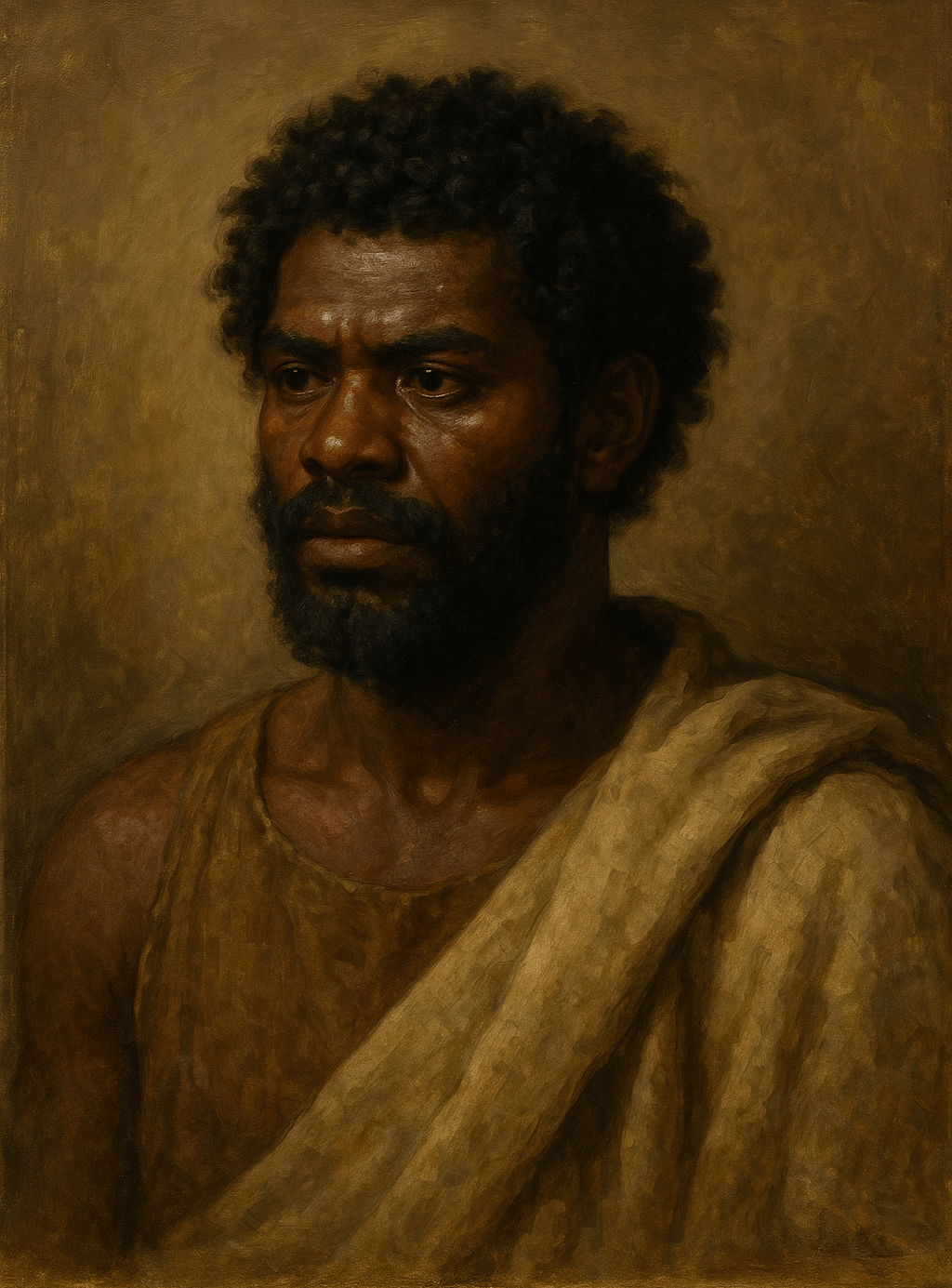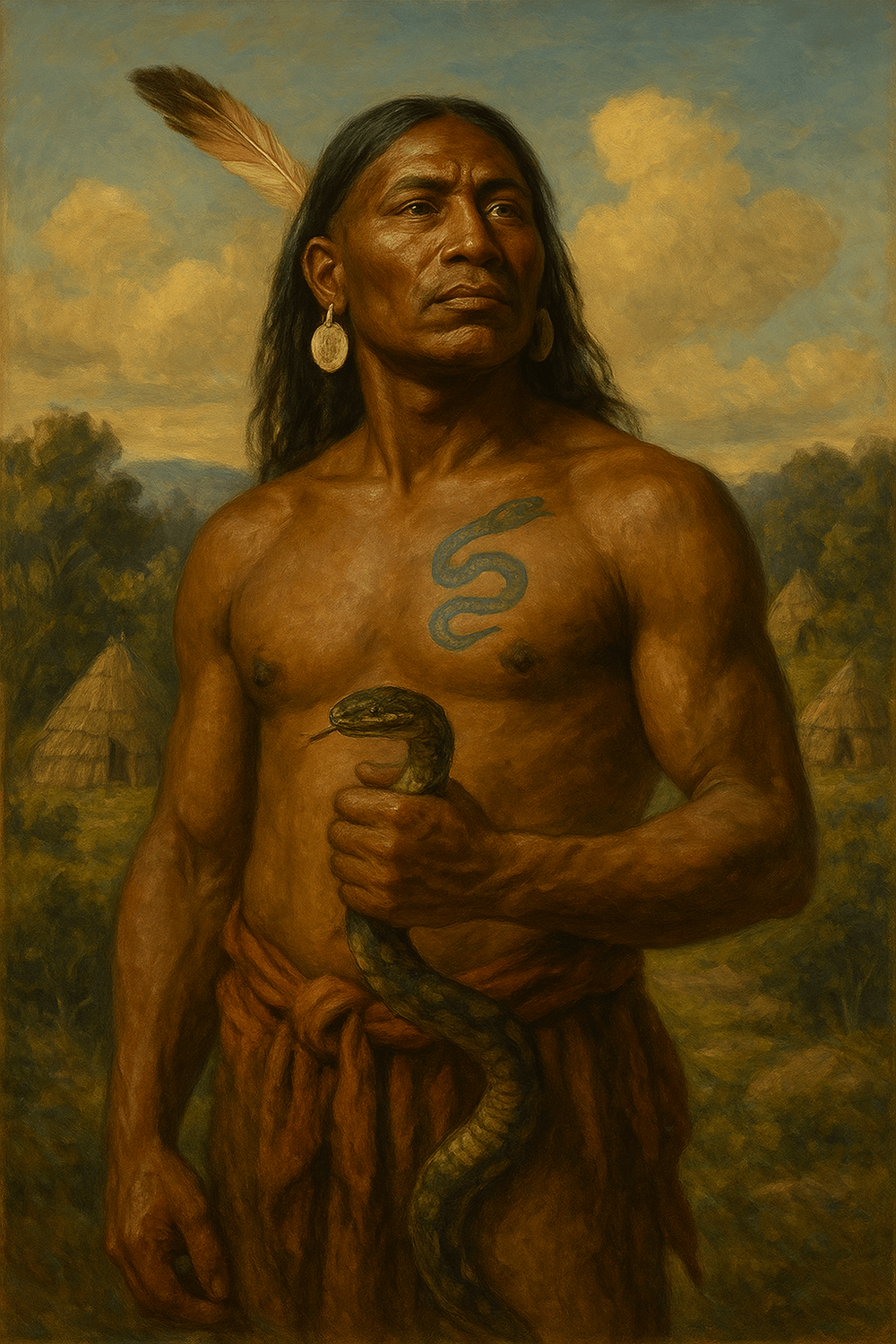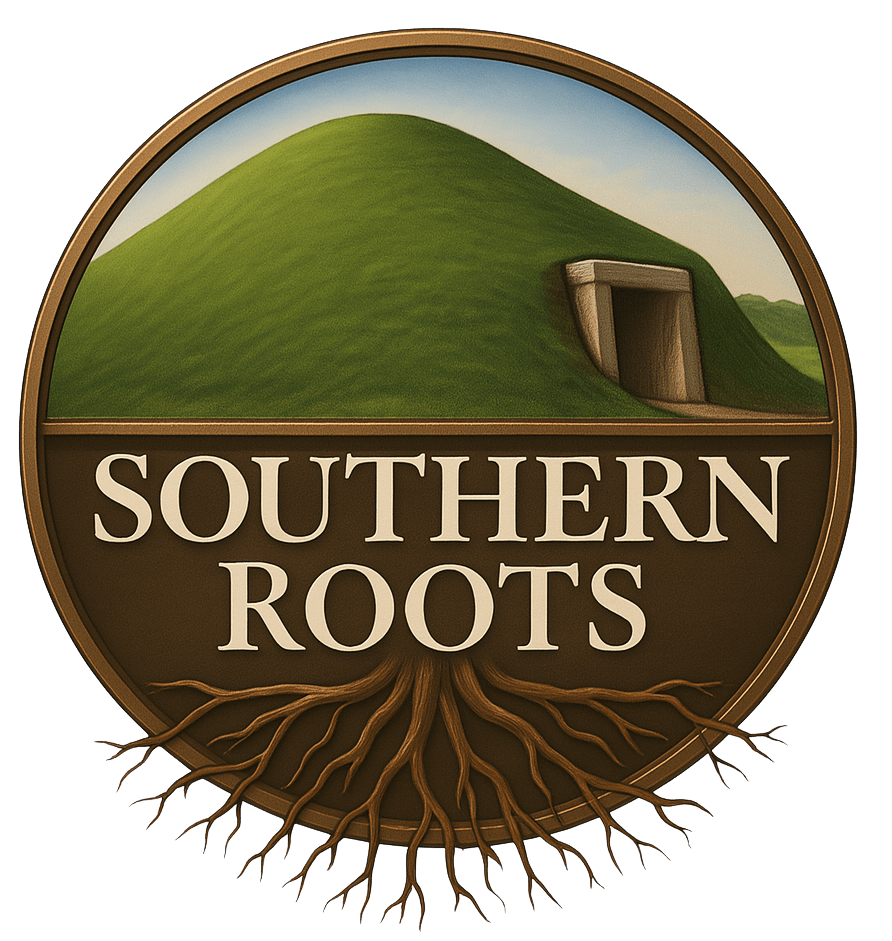The Painted Moors: Were the First Europeans Really American?
Long before the rise of whiteness, there was another name — older, sacred, and shared across continents: Maur.
In the highlands of Scotland, in the moors of Moray, and in the stone circles of Cornwall, we find traces of a forgotten people. They were called Silures, Iberians, and sometimes Picts. But they shared a deeper identity — one that spanned oceans and epochs. They were the Painted Moors: dark-skinned, serpent-bearing, sacred builders of the Old World.
But what if these Moors didn’t originate in Africa or Europe? What if they came from the West — from America?
The Moors of Britain and the Memory of America

According to David MacRitchie in Ancient and Modern Britons, early Britain was inhabited by a dark-skinned, curly-haired people resembling North Africans, Ethiopians, or Iberians. Roman accounts described the Silures of western Britain as “swarthy and curly-haired” — bearing resemblance to the ancient Maur of Mauretania (MacRitchie, Ancient and Modern Britons, pp. 39–42).
Figure 1.
“Early Britons Before the Celts”
This AI-generated image uses historical descriptions from Ancient and Modern Britons to depict the dark-
skinned, curly-haired inhabitants of pre-Celtic Britain. Based on the writings of David MacRitchie, these early Britons resembled North Africans and Iberians, challenging modern myths of racial homogeneity in ancient Europe.
These people were not newcomers. They were the builders of stone monuments, wearers of black robes, and keepers of sacred prophecy. They occupied regions still named for them: Moray, Murray, Moravia — all linguistic echoes of Maur. +These people — known in folklore as Black Morrow, or shown in heraldry as Moors’ heads — were eventually displaced by lighter-skinned tribes and erased from the official record (p. 55–56).
But their roots may run deeper than Britain.
The Serpent People: Eren-a-peu and the Meaning of “European”
Across the Atlantic, long before the rise of racial categories, the Algonquian-speaking peoples of North America called themselves Eren-a-peu — a term meaning “real men,” indicating Naga (serpent) descent. According to America: The Background of Columbus, this name was derived from the Al-goo-a-ma-kin, the people of Newfoundland and Nova Scotia. Ethnologists later coined the term "Algonquian" from this name to designate what would become the largest linguistic family in America (p. 83).
Figure 2.
“Eren-a-peu: The Real Men of the First World”
This AI-generated visual interpretation draws from America: The Background of Columbus,

depicting the Al-goo-a-ma-kin — the Algonquian-speaking ancestors of North America. Known as Eren-a-peu or “real men,” they represent serpent descent, sacred identity, and the enduring legacy of the first peoples of T’amerrika.
These people, the text explains, were connected by ancient geological ties to Scotia (Ireland) and Novaya Scotia in the Pliocene era. The Irish “Men of Erin” reflect this shared origin, with their reverence for the green sha-ma-rock — meaning “Spirit of the Maya Earth” — as a symbol of the Polar Lotus. Even the name Eire (Ireland) is a metathesis of Erie, connecting it directly to the Algonquian Eren lineage. The confederacy of Abnaki in Nova Scotia and New England even included the Amerikan-ka-nee, whose name was later changed by Governor Andros in 1695 to "Andros-scoggin" (pp. 83–84).
This reveals a deeper insight: the name Eren-a-peu may carry a hidden linguistic memory that connects directly to the word European. Whether by linguistic design or ancient memory, this resemblance invites us to reconsider what “European” once meant — not as a racial or geographic label, but as a sacred echo of the “real men” of the West.
This resemblance is not coincidental.
Eren-a-peu and European: A Sacred Affinity
When spoken aloud, the similarity is unmistakable:
Eren-a-peu → eh-ren-ah-pew
European → yoor-oh-pee-an / eh-roh-pehn (in older or Latin-derived forms)
Both share:
An “Er/Eu” prefix
A “pen/peu/pean” cadence
Three to four syllables with emphasis on the second or third
But beyond sound, there is shared meaning:
Term
Eren-a-peu
European
Literal Meaning
“Real men” / “Wise Serpents”
Today: people of Europe
Symbolic Meaning
First people of knowledge
Formerly: the serpent-wise of the West
Region
T’amerrika (America)
Iberia, Armorica, Albion
This linguistic echo may preserve an ancestral memory — that what we now call “Europeans” were once seen as descendants of the Eren lineage, originating not in the East but in the West — in T’amerrika, land of the Maur.
The Name is the Memory
This connection is reinforced by several sacred naming patterns:
Al-goo-a-ma-kin → Original Algonquian name, from Nova Scotia and Newfoundland
Eren-e-peu → The “true men”, serpent-born
Erie → The lake and nation named for the Eren, later flipped into Eire (Ireland)
Sha-ma-rock → The “Spirit of the Maya Earth,” remembered as the Irish shamrock
T’amerrika → Sacred name of the Western land, miswritten as “America”
Mauruses → The Moors of Europe, linked by name to the Maur of the West
These are not scattered coincidences. They are the scattered bones of a forgotten truth. And now they are being put back together.
Inverting the Narrative
Rather than seeing “European” as the root and “Eren-a-peu” as the echo, we must reverse the timeline. Europeans were named after the Eren-a-peu.
This changes everything.
It means the serpent-priesthood, the Maur, the Moors of Albion, and the Muscogee of Georgia all come from a single sacred root.
It means that America is not the New World — it is the First World.
And it means that when you call yourself an “American,” you may be calling yourself by your oldest name.
A Triad of Bloodlines: The Noachean Legacy
As America: The Background of Columbus explains, the Noacheans of North America were not a single race, but a fusion of three great ancestral lines: the Naga-Maya Indo-Europeans, the pre-Aryan Al-goo-a-ma-kin of Nova Scotia, and the dark Britons of Armorica. From this sacred union emerged the Mu-sko-gi, bearers of serpent knowledge and keepers of the Western flame. The same wisdom carried by the language of Queen Moo flowed through Scandinavia, Guatemala, Brazil, and Peru — leaving serpent glyphs and sovereign memory in stone and soil.
“The Aryan Mongoloids were common to the entire Arctic Zone of Ruta from which the Indo-Europeans had conveyed the language of Queen Moo to Scandinavia just as the Qui-che, ‘Chrestos of the Queen,’ bore it to Gau-ta-ma-la, Bra-zi-la, and Pe-ru. Therefore Naa-mah represented the Noacheans of North America, who were a mixture of the Naga-Maya (Indo-Europeans) represented by the pre-Aryan Al-goo-a-ma-kin of Novaya Scoti, their Scotian kinsmen, and the original dark British of Armorica. To this mixture trace the Mu-sko-gi who eventually came to occupy the Gulf States.”
— America: The Background of Columbus, p. 92
“To regard ourselves, in the mass, as ‘white people,’ except in a comparative degree, is quite a mistake.”
— MacRitchie, Ancient and Modern Britons, p. 21
If Eren-a-peu means serpent-wise man, and European once referred to these sacred strangers of the West, then we have inherited not just a continent — but a memory.
Let us know what you think in the comments!
